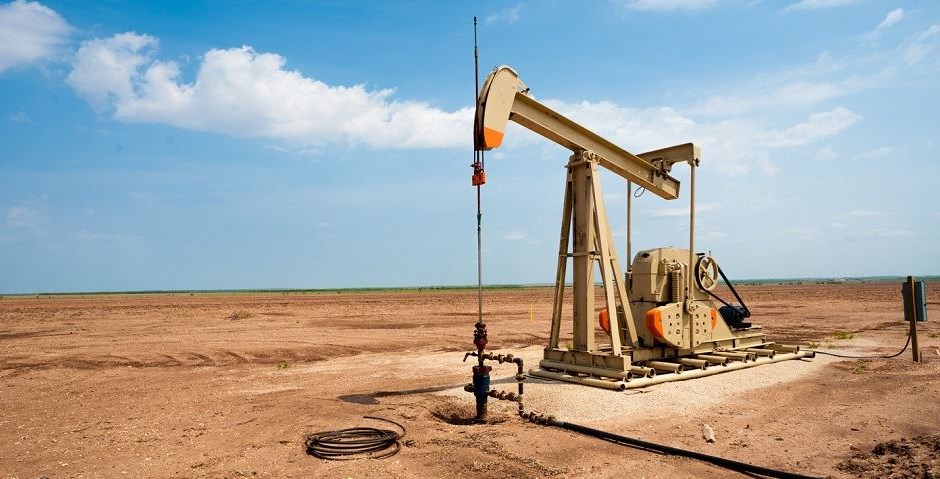What is Field Development Planning (FDP)?

Estimated reading time: 4 minutes

One of the main challenges for the oil and gas industry includes the proper maintenance of both offshore and onshore wells. This includes determining the optimal way to develop and produce from an oil or gas field that successfully manages risks, uncertainty and value to stakeholders.
This is where a Field Development Plan (FDP) comes in to provide the best technical solution and guide for optimising the development and production of a field. FDP studies lay out the necessary information for oil and gas producers to weigh out all the economic decisions that has to be made for the project.
FDPs provide the best technical solutions as the FDPs cover all activities and processes required to develop a field:
- Environmental impact
- Geophysics
- Geology
- Reservoir and production engineering
- Infrastructure
- Well design and construction,
- Well completion design
- Surface facilities
- Economics and risk assessment
FDPs also consider other multiple factors when selecting the best development option for a field:
- Net present value, typically the key driver of decisions for publicly-traded operators.
- Oil and gas recovery, which is heavily valued by National Oil Companies and regulators.
- Operational flexibility and scalability, particularly important factors for deep water and unconventional developments
- Capital versus operating cost profiles, with cash-constrained operators often favouring solutions that minimize up-front capital spending.
- Technical, operating and financial risks
Designing optimal field development plans can be complicated by reservoir structure uncertainty, petrophysics, the potential for well collusion, and fluid flow interaction. This range of possibilities requires input from multiple disciplines often working individually.
Investors set oil company valuations based on the company’s ability to deliver results based on their field development plans. As a result, oil and gas companies are under increasing pressure from investors and stakeholders to convert the latest discoveries into cash flow. On the contrary, as field grow to be increasingly complex worldwide, it has made FDPs difficult to formulate and execute.
Industry studies reveal that limitations of the FDPs include inaccurate assessment of the field production rates, often overestimating, and ultimate recovery. This is caused by poor initial characterization of the reservoir to not fully integrating available development technologies.
Managing Well integrity through Design, Verification & Repairs is a 3-day training course held from 2 – 4 December 2019 (Kuala Lumpur). The Master Class combines several engineering disciplines involved in the design, construction, operation and maintenance of wells and their interaction on assuring well integrity. It illustrates the large extent and involvement of various disciplines in the organization and its effects on well integrity. The knowledge and skills to design and make critical decisions on observed WI envelope breaches throughout well life cycle is vital, not only for WIM purpose as well as to increase ultimate recovery of the reservoir. The ultimate objective is to optimize productivity at lowest Unit Operating Cost (UOC) and to maintain mechanical integrity throughout well life cycle.
Register your interest below to receive the training course brochure.
 |
